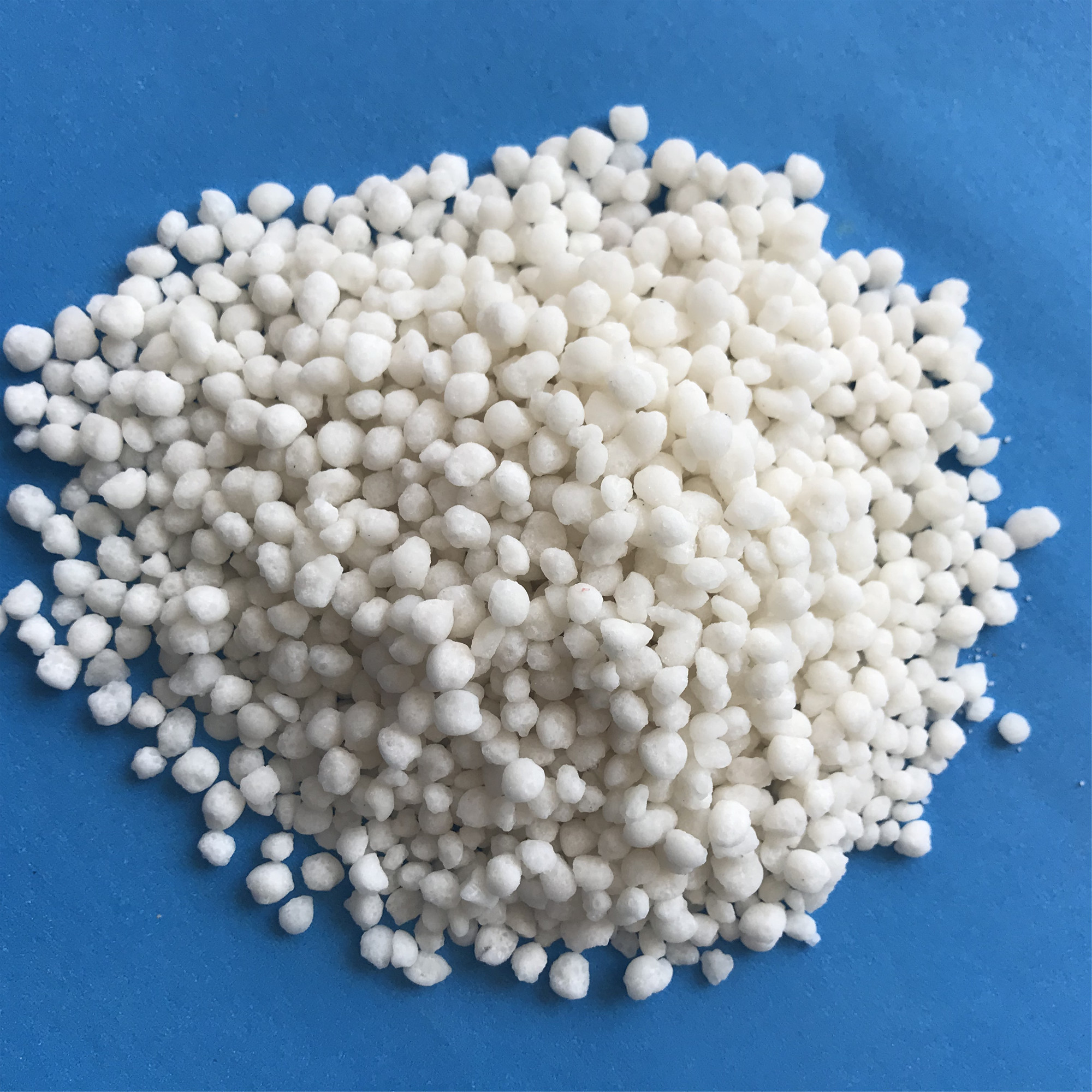



barium sulphate is a precipitate
Barium Sulphate as a Precipitate An Overview
Barium sulphate (BaSO₄) is an inorganic compound that plays a significant role in both industrial applications and laboratory settings. As a white crystalline solid, it is poorly soluble in water, a property that is crucial for its function as a precipitate in various chemical reactions. In this article, we will explore the importance of barium sulphate as a precipitate, its formation, applications, and the considerations surrounding its use.
Formation of Barium Sulphate Precipitate
Barium sulphate can be formed through a precipitation reaction that occurs when barium salts, such as barium chloride (BaCl₂), react with a sulfate source, commonly sodium sulfate (Na₂SO₄). The reaction can be represented as follows
\[ \text{BaCl}_2 (aq) + \text{Na}_2\text{SO}_4 (aq) \rightarrow \text{BaSO}_4 (s) + 2\text{NaCl} (aq) \]
In this reaction, barium sulphate precipitates out of the solution as an insoluble solid, while sodium chloride remains dissolved in the aqueous phase. The formation of a precipitate is characterized by the cloudiness that appears as solid particles begin to aggregate and settle at the bottom of the container. This feature makes barium sulphate a useful agent in various analytical and industrial processes.
Applications of Barium Sulphate
Barium sulphate has numerous applications across different fields due to its unique properties. One of its most common uses is in the medical field, particularly in radiology. Barium sulphate is employed as a contrast agent for X-ray imaging and CT scans of the gastrointestinal tract. Patients ingest a barium suspension, which coats the lining of the digestive tract, enhancing the contrast and allowing for clearer imaging of abnormalities such as tumors or blockages.
barium sulphate is a precipitate

In addition to its medical applications, barium sulphate is also used in the manufacturing of pigments. Its high brightness and opacity make it an ideal filler in paints, coatings, and plastics. The pigment industry values barium sulphate for its ability to provide excellent coverage, enhance durability, and improve the rheological properties of materials.
Furthermore, barium sulphate is utilized in oil and gas drilling fluids. It serves as a weighting agent that helps control the pressure in the wellbore during drilling operations. By preventing fluid loss and maintaining the stability of the drilling environment, barium sulphate contributes to the efficiency and safety of the drilling process.
Considerations and Safety Concerns
While barium sulphate has beneficial applications, there are important safety considerations to keep in mind. Barium itself is a toxic metal, and exposure to soluble barium compounds can lead to serious health issues. However, barium sulphate is considered non-toxic due to its low solubility; this means that it does not release harmful barium ions into the human body or the environment under normal conditions.
In laboratory settings, the handling of barium sulphate requires appropriate safety measures. Personal protective equipment such as gloves, goggles, and lab coats should be worn to prevent inhalation or skin contact with the powder. Additionally, barium sulphate should be disposed of according to local regulations, as accumulation of any barium compounds can lead to environmental contamination.
Conclusion
Barium sulphate is a versatile precipitate with a broad range of applications in medicine, industry, and scientific research. Its formation through precipitation reactions underscores its importance in analytical chemistry, while its uses in imaging and manufacturing highlight its value across various sectors. As we continue to explore the functionalities of barium sulphate, it remains vital to prioritize safety and environmental considerations associated with its use. Understanding the behaviors and properties of this compound will not only enhance our ability to utilize it effectively but also ensure responsible stewardship of its applications in society.
-
Why Sodium Persulfate Is Everywhere NowNewsJul.07,2025
-
Why Polyacrylamide Is in High DemandNewsJul.07,2025
-
Understanding Paint Chemicals and Their ApplicationsNewsJul.07,2025
-
Smart Use Of Mining ChemicalsNewsJul.07,2025
-
Practical Uses of Potassium MonopersulfateNewsJul.07,2025
-
Agrochemicals In Real FarmingNewsJul.07,2025
-
Sodium Chlorite Hot UsesNewsJul.01,2025










